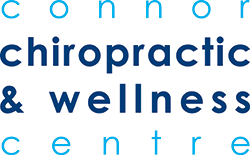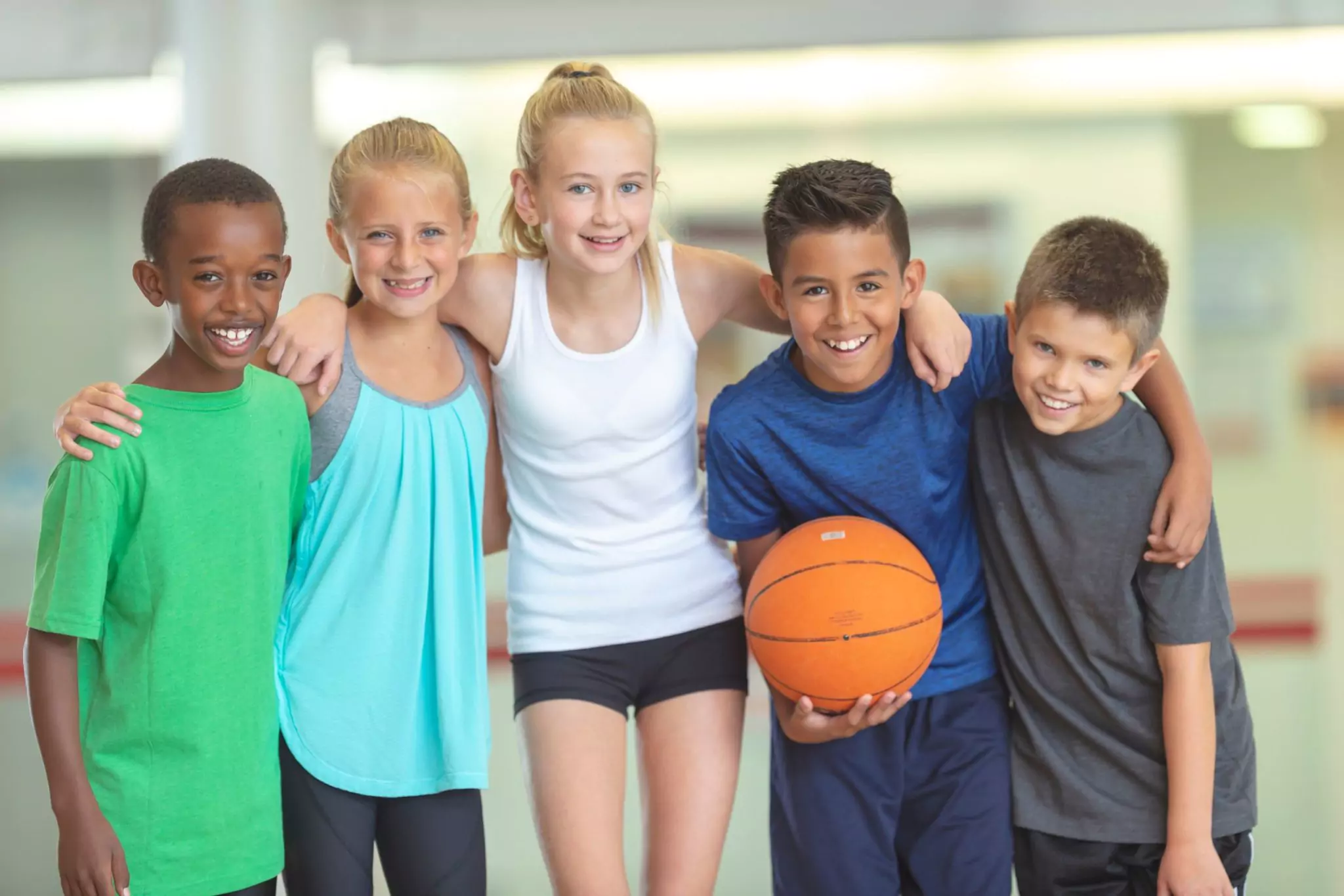Specializing in Sports: The Young Athlete
It has become common for children and teens to start specializing in sports at a younger and younger age. Dance, hockey, cheer, field hockey, soccer, you name it – kids are narrowing in on their favourite sports at a young age. Like anything in life, there are pros and cons to this approach. On the one hand, this early specialization allows them to spend more time in their target sport and learn the specific skills needed and as such, individuals become stronger more quickly.
On the other hand, early specialization can lead to overdevelopment in some areas and underdevelopment in others. In addition to early specialization, we also see a trend towards extended competition and training seasons. Hockey used to be a winter sport but now includes year-round ice time to improve skill development, leading to overuse and repetitive strain injuries, especially in young children who are still growing and developing.
The good news is that there are some strategies you can use to help combat the year-round training model that has evolved. Because each young athlete has their own goals and skill level, it’s essential to consider those things when planning an approach to becoming more well-rounded.
Below are the top three strategies that can be used to build strong, resilient young athletes and combat Specializing in Sports:
- Diversify Where Possible: A great example is joining school sports outside your typical sport of choice, which will add in conditioning that challenges other muscles groups.
- Include Cross Training: Cross training can be more sport specific but will include things like traditional strength training, cardio or bodyweight exercises to challenge different muscle groups.
- Focus on Nutrition and Rest: This is a very underutilized aspect of injury prevention. When looking at young athletes, we not only want to make sure they are balancing their energy output but also their energy input. Getting enough calories and a variety of fruits and vegetables can help support a growing athlete. Rest helps prevent injuries by allowing tissue damage to heal before increasing the demand on that tissue.
Overall the goals of each of these suggestions is to:
- Include other sports with less mental pressure involved
- Include other activities that challenge muscle groups differently, and change the angle of force production to help balance out muscle development
- Improve overall conditioning without increasing the volume of sport-specific training.
In the end, the benefit of incorporating these rules is that it not only can decrease risk of injury but can also lead to improvement in each child’s preferred sport. Specializing in Sports early on isn’t going away, so improving overall development is going to become a key factor to long term success.


